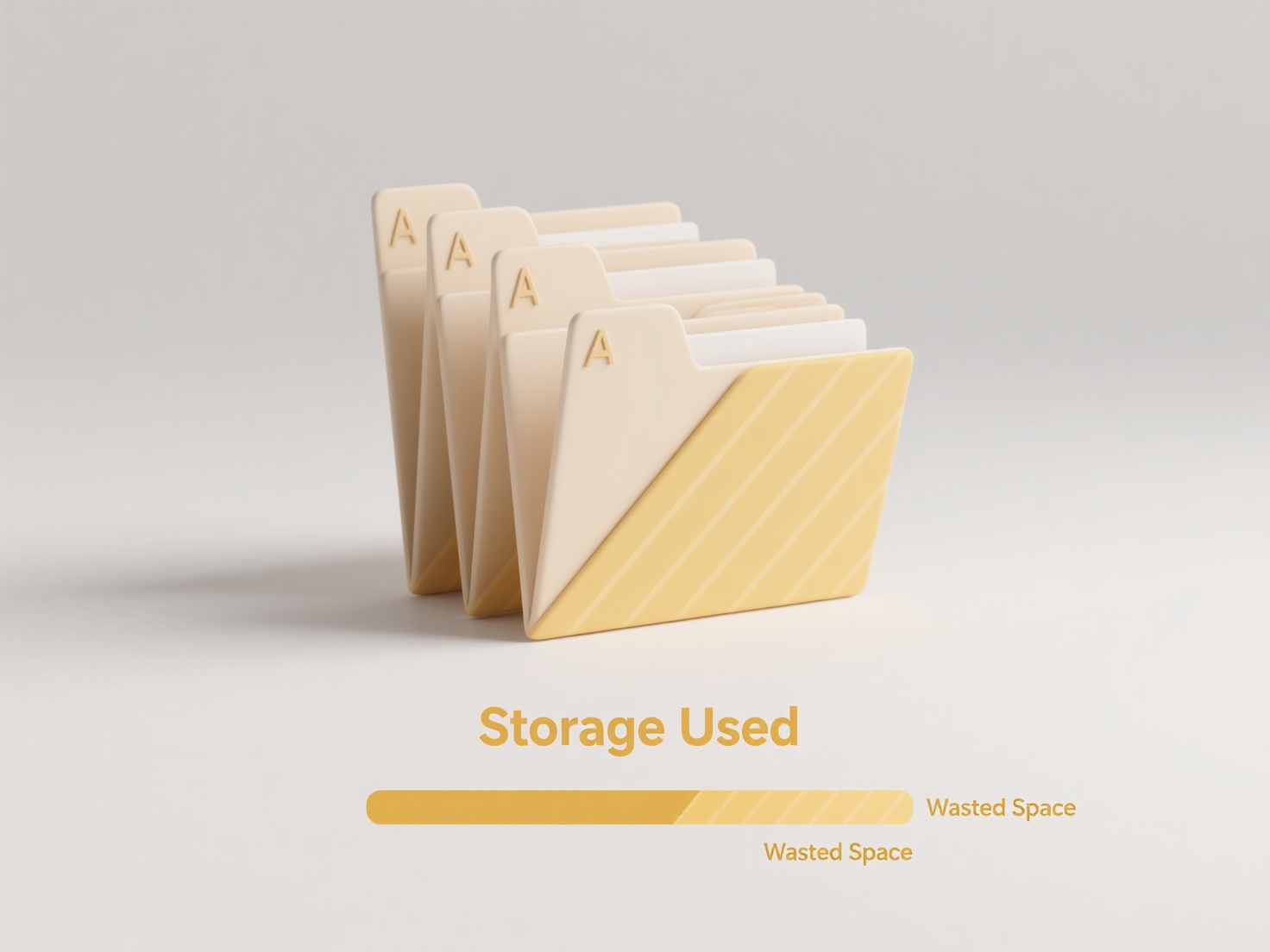
Linking related files across folders creates references between files located in different directory locations without physically duplicating the files. This is achieved using methods like symbolic links (symlinks), shortcuts, aliases, or specific software features for managed connections, allowing the same file to appear logically present in multiple locations. It differs fundamentally from copying a file, as changes to the linked file are reflected everywhere it's linked, and only the original file consumes physical storage.
Practical examples include a graphic designer linking an approved logo file stored in a "Brand Assets" folder into multiple project-specific "Client Deliverables" folders. Software developers might symlink a shared configuration file from a central repository into numerous local project directories. Project management platforms and cloud storage services like Google Drive (via shortcuts) and SharePoint also offer features to link files located elsewhere within their ecosystems.

The main advantage is maintaining a single source of truth, ensuring consistency and saving storage space. A key limitation is that moving or deleting the original file breaks all links. Permissions on the original file or folder can also restrict access via links. Robust management and clear communication about link locations are crucial to avoid confusion. Cloud services continuously evolve to make linking across complex folder structures more user-friendly and robust.
Can I link related files across folders?
Linking related files across folders creates references between files located in different directory locations without physically duplicating the files. This is achieved using methods like symbolic links (symlinks), shortcuts, aliases, or specific software features for managed connections, allowing the same file to appear logically present in multiple locations. It differs fundamentally from copying a file, as changes to the linked file are reflected everywhere it's linked, and only the original file consumes physical storage.
Practical examples include a graphic designer linking an approved logo file stored in a "Brand Assets" folder into multiple project-specific "Client Deliverables" folders. Software developers might symlink a shared configuration file from a central repository into numerous local project directories. Project management platforms and cloud storage services like Google Drive (via shortcuts) and SharePoint also offer features to link files located elsewhere within their ecosystems.

The main advantage is maintaining a single source of truth, ensuring consistency and saving storage space. A key limitation is that moving or deleting the original file breaks all links. Permissions on the original file or folder can also restrict access via links. Robust management and clear communication about link locations are crucial to avoid confusion. Cloud services continuously evolve to make linking across complex folder structures more user-friendly and robust.
Quick Article Links
How do I rename files with the command line?
Command-line file renaming involves using text-based terminal commands to change file names. This contrasts with graphic...
Can I preview cloud files without downloading them?
Cloud file preview allows viewing file contents directly within cloud storage services or web applications without downl...
Can I search files based on risk level (e.g., flagged or quarantined)?
Searching files by risk level involves filtering based on security classifications assigned by protective software, such...